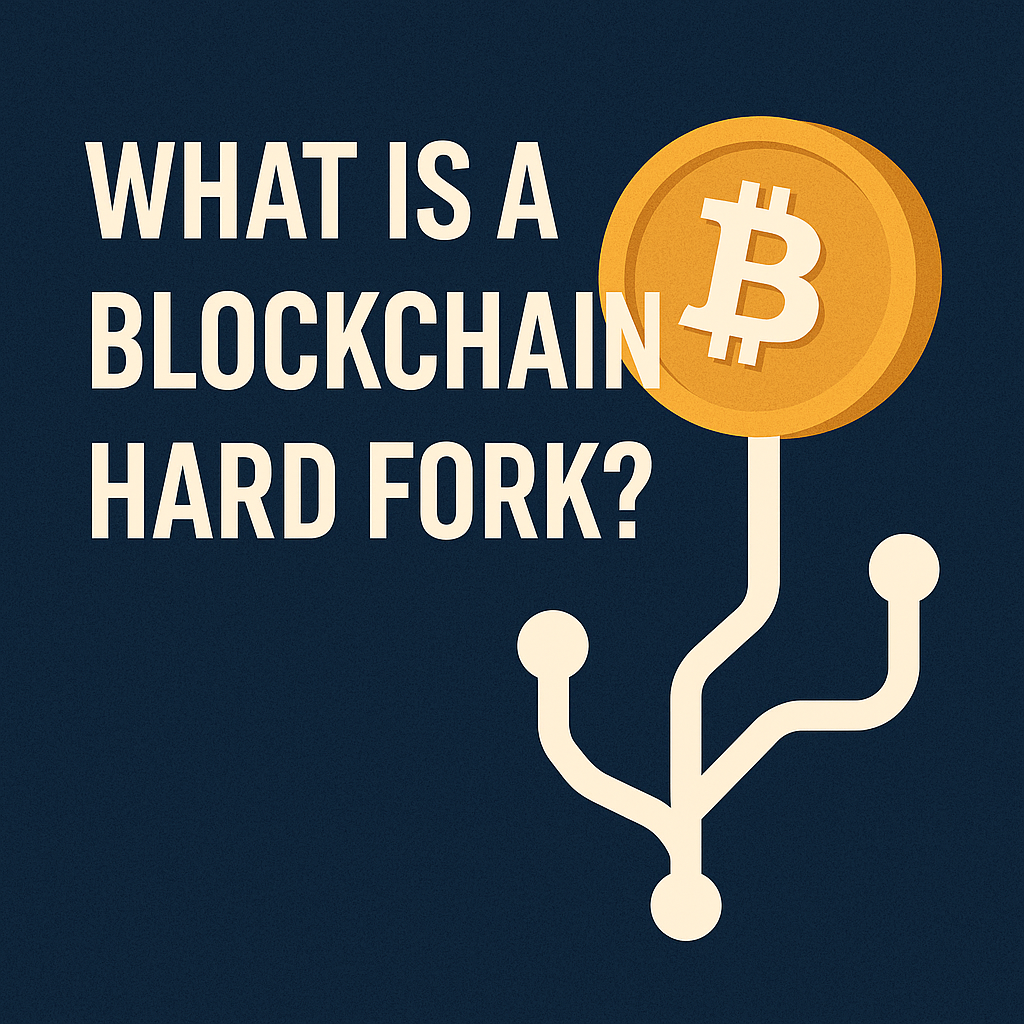What Is a Blockchain Hard Fork?
Flutter Bees – Tap & Relax with Flutter Bees!
Play now to relieve stress through tapping in the clicker game or defending your hive. Watch to earn more points and complete tasks!
Play Flutter Bees
In blockchain technology, a hard fork is a significant change to the protocol that makes previously invalid blocks or transactions valid, or vice versa. It requires all network participants to upgrade to the latest version of the software, effectively splitting the blockchain into two separate versions if consensus isn’t reached.
Why Do Hard Forks Occur?
Hard forks may happen due to:
- Protocol Upgrades: To introduce new features or improve security.
- Disagreements in the Community: When miners, developers, or users can’t agree on the direction of the project.
- Bug Fixes: To correct critical issues in the blockchain.
- Ideological Differences: When a group wants to pursue a different vision (e.g., Bitcoin vs. Bitcoin Cash).
Examples of Famous Hard Forks
- Bitcoin and Bitcoin Cash (2017): A debate over transaction speed and block size led to a split.
- Ethereum and Ethereum Classic (2016): Resulted from the DAO hack and how to handle the stolen funds.
Implications of a Hard Fork
- New Cryptocurrency: A new chain typically leads to a new cryptocurrency.
- Double-Spend Risk: Temporary confusion or replay attacks may occur.
- Community Division: Users, miners, and developers may be split across chains.
- Airdrops: Sometimes, users receive an equal number of new coins on the forked chain.
In Summary:
A blockchain hard fork represents a dramatic shift in direction, creating a permanent divergence. It plays a critical role in decentralization, allowing the community to decide the future of a protocol.
Flutter Bees – Calm Your Mind While You Learn!
Let your brain relax between blogs. Tap to grow your hive and de-stress naturally.
Try Flutter Bees






Post Comment